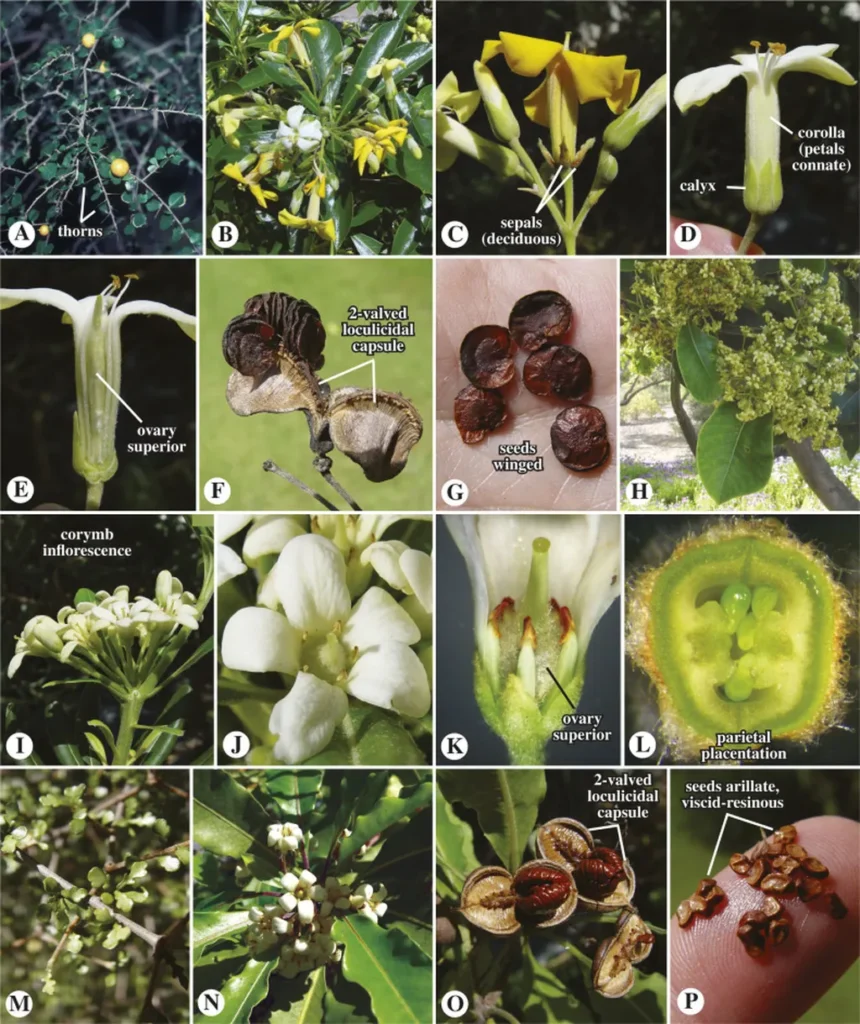In the lush, biodiverse landscapes of southern China, a traditional medicinal plant has taken center stage in a groundbreaking genomic study. Pittosporum illicioides, a species revered in the Yao ethnic regions for its therapeutic properties, has had its complete chloroplast genome sequenced for the first time. This achievement, led by Song Guo from the College of Smart Agriculture at Guangxi Science & Technology Normal University, opens new avenues for plant identification, conservation, and potentially, the agricultural and energy sectors.
The chloroplast genome, a critical component for photosynthesis and plant development, was found to be 153,610 base pairs long. It comprises a large single-copy region, a small single-copy region, and a pair of inverted repeat regions. The genome harbors 128 genes, including 83 protein-coding genes, 37 transfer RNA genes, and 8 ribosomal RNA genes. Notably, ten genes contained a single intron, while two genes, clpP and ycf3, possessed two introns.
“This genome sequence is a significant milestone,” said lead author Song Guo. “It not only enhances our understanding of Pittosporum illicioides but also provides a valuable reference for identifying and studying other plants in the Pittosporaceae family.”
Phylogenetic analysis revealed that P. illicioides is most closely related to Pittosporum tobira, a finding that could have implications for both plant breeding and conservation efforts. By understanding the genetic relationships between species, researchers can better preserve biodiversity and develop strategies to protect endangered plants.
The commercial impacts of this research are substantial, particularly for the energy sector. Many plants, including those in the Pittosporum genus, are being explored for their potential in bioenergy production. A detailed genomic understanding can help identify species with high biomass yield and adaptability to different environments, making them ideal candidates for sustainable energy crops.
Moreover, the complete chloroplast genome sequence can aid in the identification of medicinal compounds. As Guo explained, “By understanding the genetic blueprint of P. illicioides, we can pinpoint the genes responsible for producing medicinal compounds, potentially leading to the development of new drugs.”
Published in the journal Mitochondrial DNA. Part B. Resources (translated as “线粒体DNA. 部分B. 资源” in Chinese), this study serves as a foundation for future research. It highlights the importance of integrating traditional knowledge with modern scientific techniques to unlock the full potential of medicinal plants.
As the world grapples with climate change and the need for sustainable energy sources, the insights gained from this research could shape future developments in agriculture and bioenergy. By harnessing the power of genomics, we can pave the way for a greener, more sustainable future.

